- My Account
- Place a Reorder
- Logout
Showing 1–16 of 52 results
-
Sale!
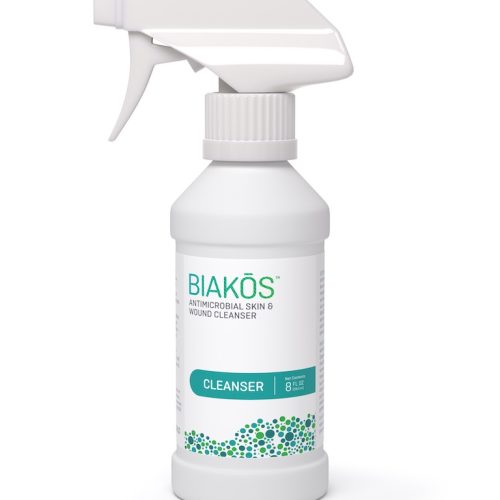 Sanara MedTech
Sanara MedTechBIAKOS Antimicrobial Skin and Wound Cleanser Spray
Starting at: $40.29 Select options This product has multiple variants. The options may be chosen on the product page -
Sale!
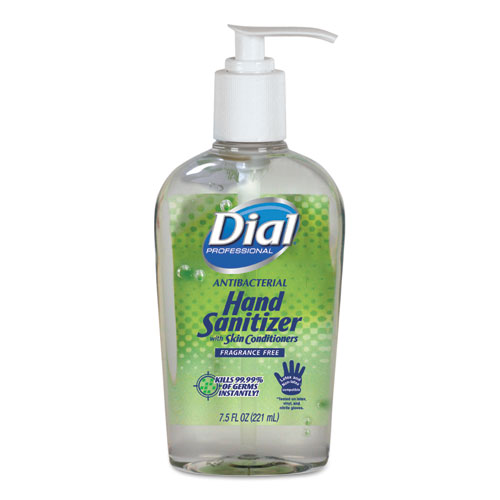 GOJO
GOJODial Antibacterial Hand Sanitizer Gel with Skin Conditioners
Starting at: $7.59 Select options This product has multiple variants. The options may be chosen on the product page -
Sale!
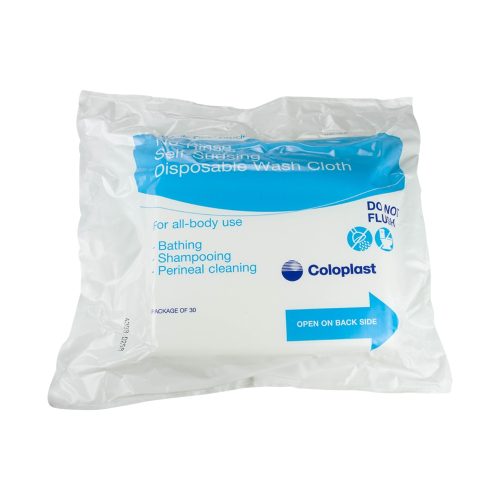 So SimpleColoplast
So SimpleColoplastBedside-Care EasiCleanse Bath No Rinse Disposable Washcloths
Starting at: $2.39 Select options This product has multiple variants. The options may be chosen on the product page -
Sale!
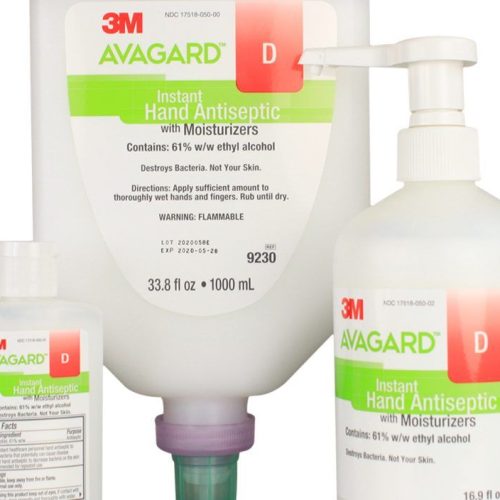 Solventum (Formerly 3M)
Solventum (Formerly 3M)Avagard-D Instant Hand Antiseptic with Moisturizers
Starting at: $2.99 Select options This product has multiple variants. The options may be chosen on the product page -
Sale!
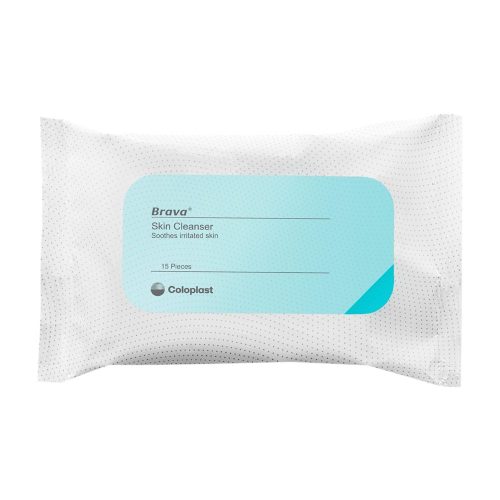 ConvenientColoplast
ConvenientColoplastBrava Skin Cleanser Wipes
Starting at: $5.69 Select options This product has multiple variants. The options may be chosen on the product page -
Sale!
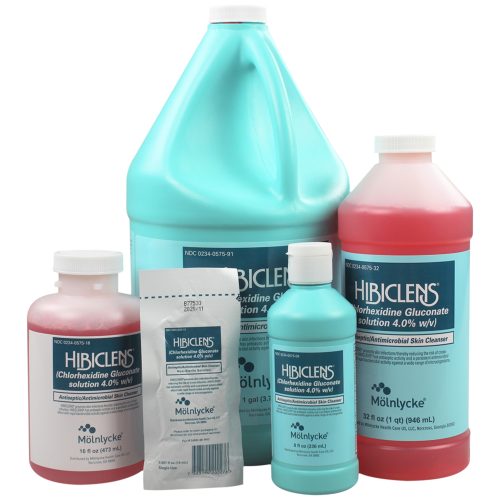 Molnlycke Health Care
Molnlycke Health CareHibiclens Antiseptic/Antimicrobial Skin Cleanser
Starting at: $3.49 Select options This product has multiple variants. The options may be chosen on the product page -
Sale!
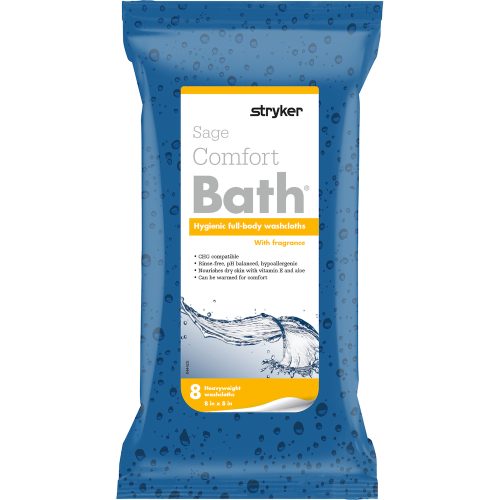 Stryker Home Care
Stryker Home CareStryker Sage Comfort Bath Washcloths with Fragrance – Pack of 8
Starting at: $3.49 Select options This product has multiple variants. The options may be chosen on the product page -
Sale!
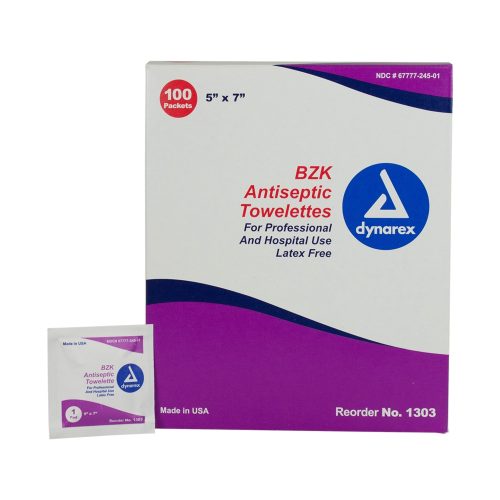 Dynarex
DynarexDynarex Benzalkonium Antiseptic Towelettes
Starting at: $0.29 Select options This product has multiple variants. The options may be chosen on the product page -
Sale!
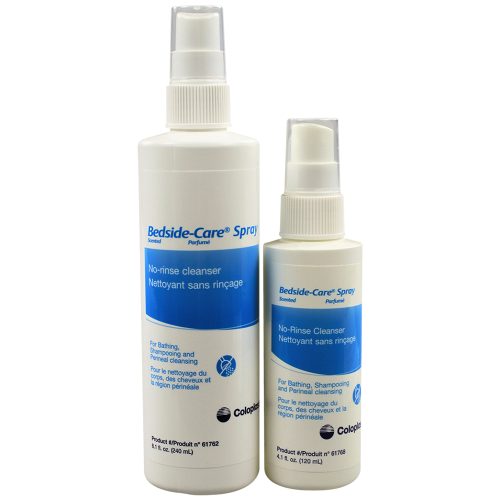 Coloplast
ColoplastBedside-Care Spray No-Rinse Cleanser – Scented
Starting at: $2.89 Select options This product has multiple variants. The options may be chosen on the product page -
Sale!
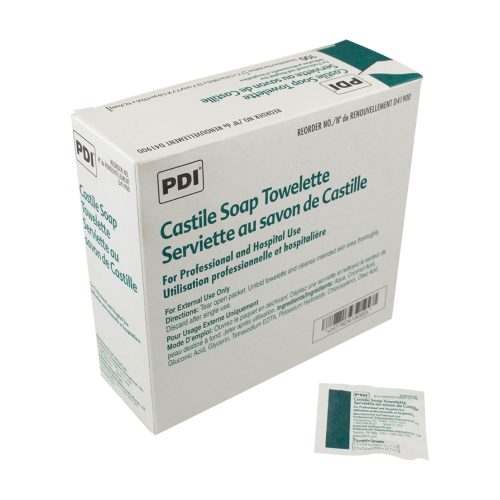 PDI Healthcare
PDI HealthcarePDI Healthcare Castile Soap Towelette
Starting at: $4.79 Select options This product has multiple variants. The options may be chosen on the product page -
Sale!
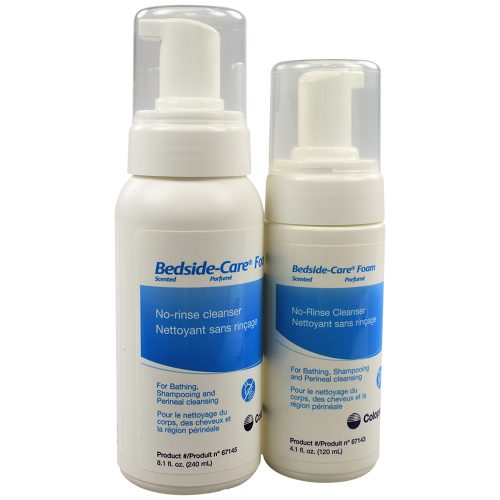 Coloplast
ColoplastBedside-Care Scented No-Rinse Foam Body Wash, Shampoo, and Incontinence Cleanser
Starting at: $7.59 Select options This product has multiple variants. The options may be chosen on the product page -
Sale!
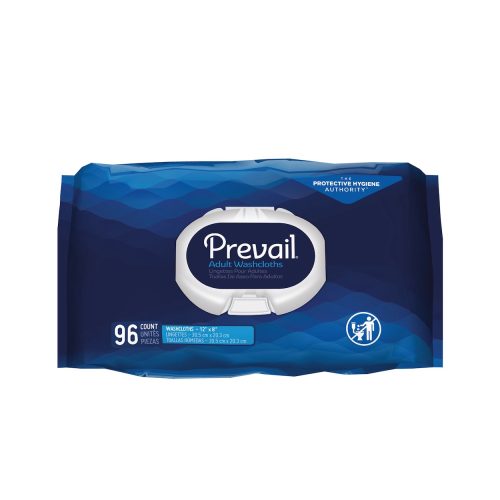 First Quality
First QualityPrevail Adult Washcloths – Soft Pack – 96 Count
Starting at: $5.59 Select options This product has multiple variants. The options may be chosen on the product page -
Sale!
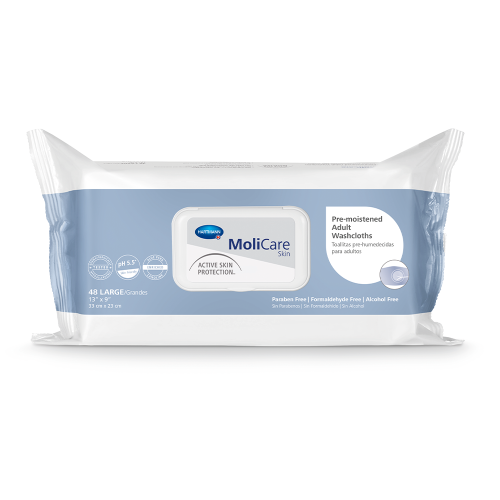 Strong & SoftHARTMANN USA
Strong & SoftHARTMANN USAMoliCare Hypoallergenic Gentle Pre-Moistened Adult Washcloths
Starting at: $3.39 Select options This product has multiple variants. The options may be chosen on the product page -
Sale!
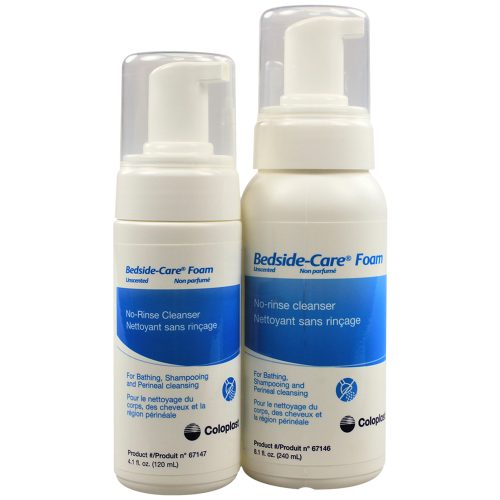 Coloplast
ColoplastBedside-Care Unscented No-Rinse Foam Body Wash, Shampoo, and Incontinence Cleanser
Starting at: $7.49 Select options This product has multiple variants. The options may be chosen on the product page -
Sale!
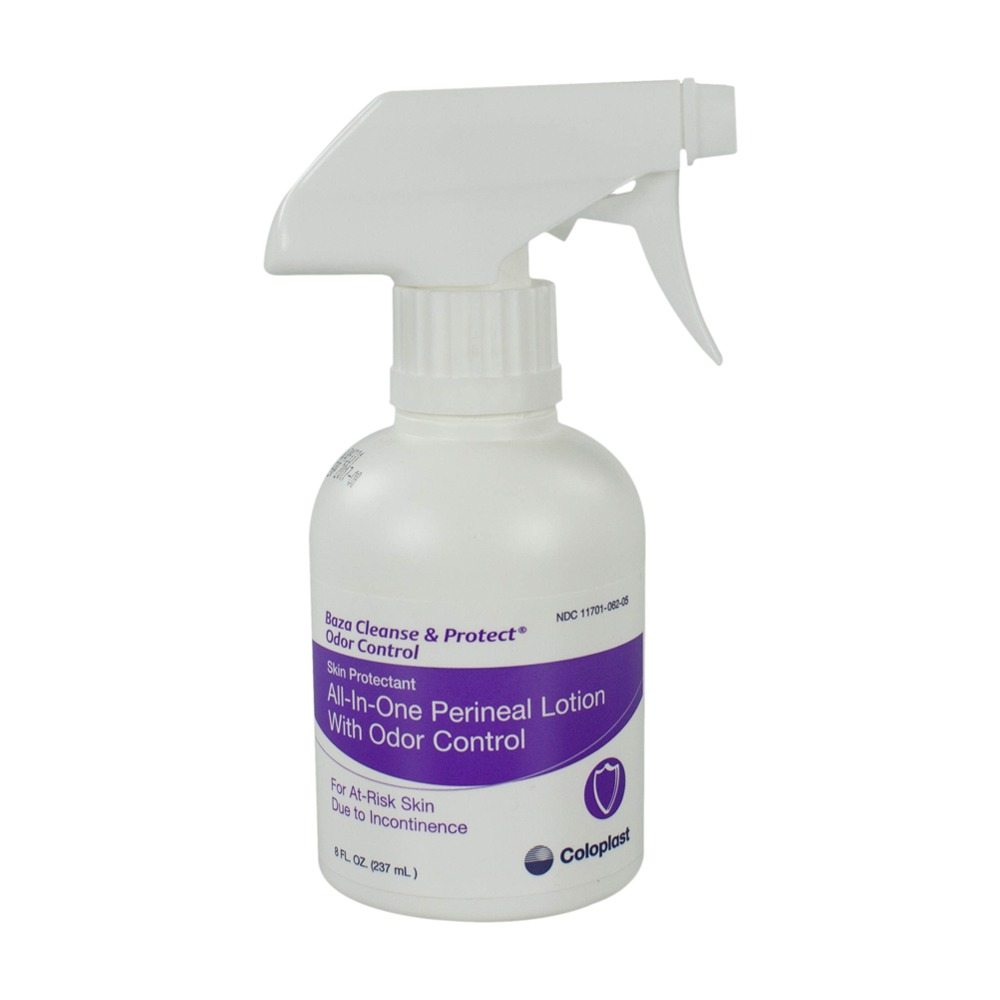 Coloplast
ColoplastBaza Cleanse & Protect All-in-One Perineal Lotion with Odor Control
Starting at: $10.19 Select options This product has multiple variants. The options may be chosen on the product page -
Sale!
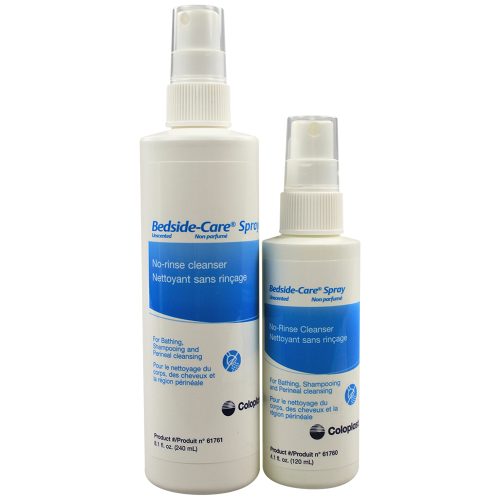 Coloplast
ColoplastBedside-Care Spray No-Rinse Cleanser – Unscented
Starting at: $2.99 Select options This product has multiple variants. The options may be chosen on the product page
Skin Cleansers
What are Skin Cleansers?
Medical skin cleansers are formulas in rinse and no-rinse forms that assist with cleaning the epidermis. The formula is soothing to prevent irritation yet strong and targeted enough to remove fecal matter, urine, debris, exudate and contaminants. Beyond cleaning the skin, these products are part of the process for reducing skin breakdown, which may exacerbate a wound or prevent damaged skin from healing.
Skin cleansers, in turn, may be used over a single area – for instance, the perineal region – or can be applied over the full body. Shop all cleansing foams.
How Skin Cleansers Work
Personal hygiene is crucial for all individuals. However, certain conditions or limitations pose challenges when an individual attempts to shower or take a bath.
Generally, skin cleansers begin with an antibacterial active ingredient and contain soothing agents, such as aloe. Formulas may be designed as a single-step solution for cleansing and moisturizing the area to avoid further skin breakdown. Other products, especially for patients with pressure ulcers, should be followed with additional agents for keeping the skin moist and protecting it against additional damage.
Rinse formulas are utilized like standard soap or body wash. A no-rinse cleanser, however, is designed to be applied to the skin and wiped away without water.
Cleansing Wipes
Cleansing wipes are designed on the same principle – to clean, soothe and protect the skin without washing. Another no-rinse option for bathing, washing hands, cleaning incontinence or ostomy fluid or shampooing, cleansing wipes are:
- Pre-moistened and usually pH balanced
- Formulated with aloe or Vitamin B5 to condition the skin
- Won’t leave a sticky, drying or irritating residue; and
- Are disposable.
Hand Washing
Whether you’re using a skin cleanser or wipe to clean yourself, you care for patients in a hospital or homecare setting, or you’re a caretaker for another adult, hand washing is an integral part of personal hygiene. As such, you should wash with soap and water and disinfect before using a cleansing foam or wipe and after cleansing, moisturizing and protecting your own or your patient’s skin.
Ignoring or forgetting personal hygiene contributes to cross-contamination and the spread of germs in a home or hospital setting. For stopping this process, find a range of soaps and hand sanitizers.